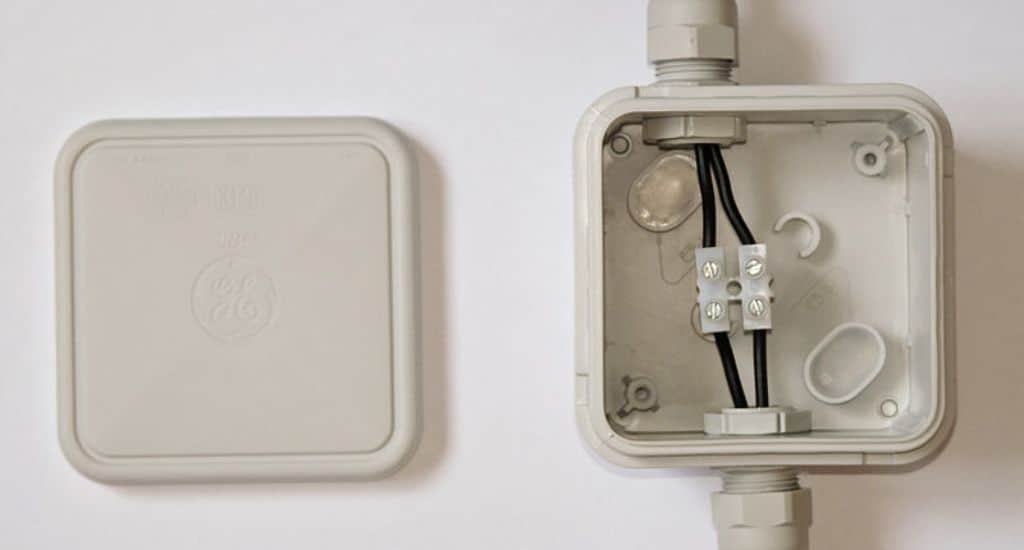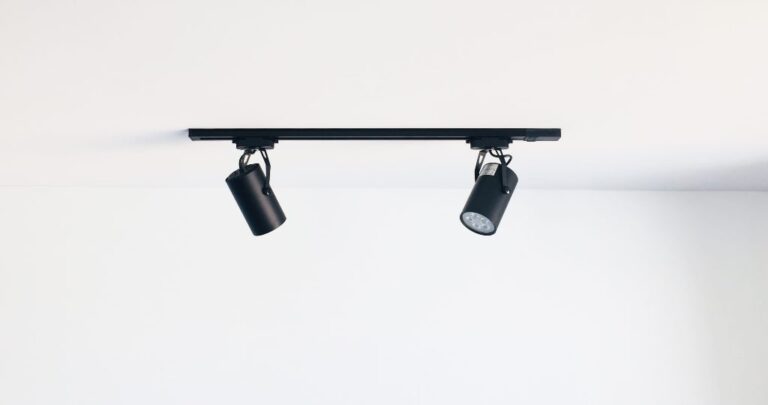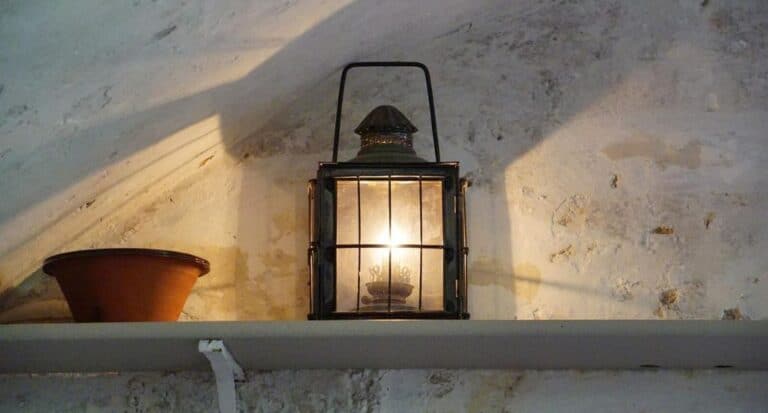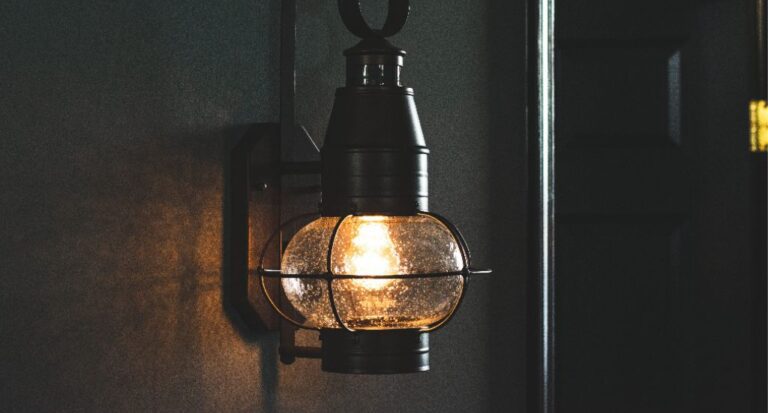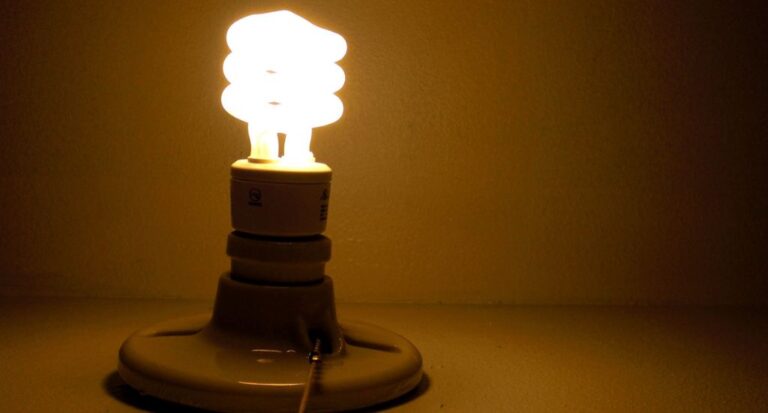Can You Install a Chandelier Without a Junction Box?
I often get asked about the installation of chandeliers. One of the most common questions I get is whether it is possible to install a chandelier without a junction box.
No, it is not safe to install a chandelier without a junction box. A junction box is necessary to provide a secure and stable mounting point for the chandelier, and to safely connect the electrical wires. Skipping the junction box can result in serious safety hazards.
A junction box is a small, metallic, or plastic container that interconnects the electrical wires originating from the ceiling to the light fixture’s wires.
Generally, it is situated in the ceiling, and its purpose is to shield the electrical connections and avoid any electrical perils. Without a junction box, the electrical connections would be exposed, and any electrical currents could ignite a fire or cause electrocution.
Table of Contents
Importance of a Junction box in chandelier installation
One of the main reasons why a junction box is indispensable is to guarantee the firm attachment of a chandelier to the ceiling. Due to the significant weight of the chandelier, there exists a peril of the fixture loosening and collapsing without a junction box.
Subsequently, a junction box provides a robust point of anchorage for the chandelier, thereby guaranteeing its stability.
Another cause for the necessity of a junction box is the need to conform to electrical codes and regulations. Electrical codes serve to guarantee the well-being of individuals residing in a home or building.
Without a junction box, the installation of a chandelier would constitute a violation of these codes, resulting in dire consequences, such as penalties or legal action.
Risks of Installing a Chandelier Without a Junction Box
A chandelier installation without a junction box carries substantial risks. As previously mentioned, naked electrical connections have the potential to kindle a blaze or even electrocute an individual. Furthermore, the chandelier’s weight may lead to it tumbling down, thereby damaging the adjacent vicinity or worse, injuring an innocent soul.
In the event that the installation goes awry, and the chandelier lacks a junction box, your home insurance policy may not cover the resulting damages, hence making you financially accountable.
A junction box is an indispensable component for the successful installation of any lighting apparatus, and it is essential to ensure the security and well-being of those coexisting within the dwelling or building.
The absence of a junction box will result in exposed electrical connections, thereby magnifying the risk of an electrical mishap, such as electrocution or a fiery outburst.
How to install a junction box for your chandelier

Installing a chandelier can be a beguiling and invigorating enhancement to any domicile or edifice. However, antecedent to the installation of the said chandelier, it is of paramount importance to ensure that a junction box has been duly installed in the ceiling.
Step 1: Turn off the Power
First and foremost, it is imperative to switch off the power to the room in which you will be working. This can be achieved by identifying the circuit breaker in your electrical panel that controls the power to said room and turning the switch to the off position.
This measure ensures that no electrical current will be flowing to the area in which you will be operating.
Step 2: Select the Location
Next, designate the location where the junction box will be installed. Ideally, it should be placed near the center of the ceiling for ease of access during future maintenance. It is also essential to ensure that no hindrances such as pipes or ducts will interfere with the installation of the box.
Step 3: Mark the Location
After you have selected the location, mark the precise spot where the junction box will be installed using a pencil.
A stud finder may be employed to locate the ceiling joists or beams which are crucial in supporting the weight of the chandelier. With a keyhole saw, carve out a hole in the ceiling to accommodate the junction box.
Step 4: Install the Junction Box
Then, insert the junction box into the hole you have cut and fasten it securely to the ceiling joist or beam with screws. It is vital to ensure that the box sits flush with the ceiling without any gaps or spaces. If you are wondering why the Junction box is important, read this How to Install a Wall Sconce Electric Box: Step-by-Step Guide
Step 5: Connect the Wiring
Finally, using wire connectors, connect the wires from the ceiling to the wires in the junction box. Be certain to adhere to the manufacturer’s instructions and ascertain that the connections are secure. Should you be unsure of how to connect the wires, it is recommended that you seek the counsel of a licensed electrician.
Step 6: Attach the Chandelier
Upon connecting the wiring, the junction box can be adorned with a chandelier. Mindfully adhere to the manufacturer’s instructions to fix the chandelier to the junction box.
Once the chandelier is affixed firmly, energize the room by flicking the circuit breaker switch to the “on” position. Verify the proper functioning of the chandelier through a test.
It is imperative to install a junction box for your chandelier in order to guarantee the well-being of the inhabitants of the abode or edifice. By meticulously following these effortless steps, you can successfully install a junction box for your chandelier and luxuriate in the splendor and grace of your novel light fixture.
Alternatives to a Junction box for Chandelier installation
When it comes to chandelier installation, junction boxes are often seen as the go-to option for homeowners and electricians alike.
There are several alternatives that can be just as effective. Swag hooks, ceiling fans, beam clamps, and surface-mounted outlets are all viable options that can provide the necessary support for your chandelier.
1 Swag Hooks
Swag hooks are an excellent alternative to junction boxes for chandelier installation. These hooks are specially designed to support heavy loads, making them perfect for chandeliers. Swag hooks are also incredibly easy to install, requiring only a screwdriver and a few minutes of your time.
Additionally, swag hooks come in a range of styles and finishes, allowing you to choose a hook that complements your chandelier and your home décor.
2 Ceiling Fans
Ceiling fans can also be a great alternative to junction boxes for chandelier installation. Many ceiling fans come with a mounting bracket that can be used to support a chandelier.
This option works particularly well for rooms with high ceilings, as the fan and chandelier combination can create a stunning focal point. Additionally, ceiling fans often have built-in lighting, making them a practical and stylish choice for any room.
3 Beam Clamps
Surface-mounted outlets and beam clamps are two options that can be considered for chandelier installation. Although beam clamps are typically used to secure pipes and conduits to structural beams, they can also be used to provide support for chandeliers due to their exceptional durability and strength.
However, their installation process can be complex, which is why it is suggested to hire a professional electrician for this type of installation.
4 Surface-Mounted Outlets
On the other hand, surface-mounted outlets are a less conventional option but can be useful in specific scenarios. These outlets are designed to be mounted on the surface of a wall or ceiling, negating the need for a junction box.
They are easy to install and can accommodate a variety of chandelier styles and sizes.
Risk of Installing a Junction Box Yourself (DIY)
Firstly, chandeliers are heavy and require careful handling during installation. Improper installation can result in the chandelier falling, which can cause significant damage to your home or even injure someone.
Additionally, if the chandelier is not securely attached to the ceiling, it can wobble or sway, which can also be dangerous.
Secondly, electrical work is involved in chandelier installation, which can be complex and potentially hazardous.
Incorrectly wiring the chandelier or failing to follow electrical safety protocols can result in electrical shock or even a fire. This is especially true if you are not familiar with electrical work or have not been properly trained.
“Finally, attempting a DIY installation can also lead to damage to your chandelier or your home“. For example, drilling holes in the wrong location or using the wrong hardware can cause damage to your ceiling or wall, which can be expensive to repair.
Finally
While it may be tempting to skip the junction box during chandelier installation, it’s simply not worth the risks. By following the proper installation procedures and utilizing a junction box, you can ensure a safe and secure installation that will provide you with years of beautiful lighting.
